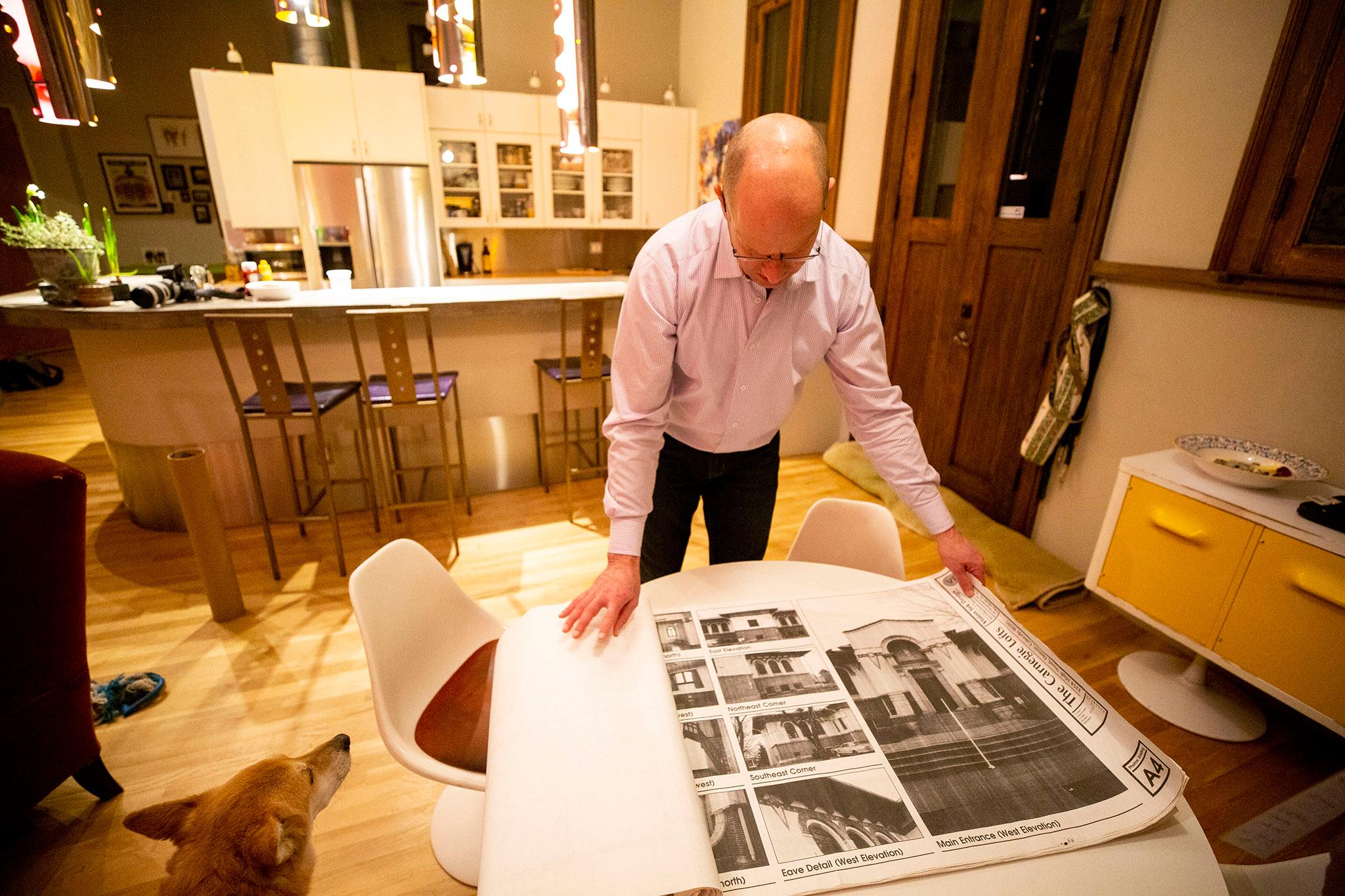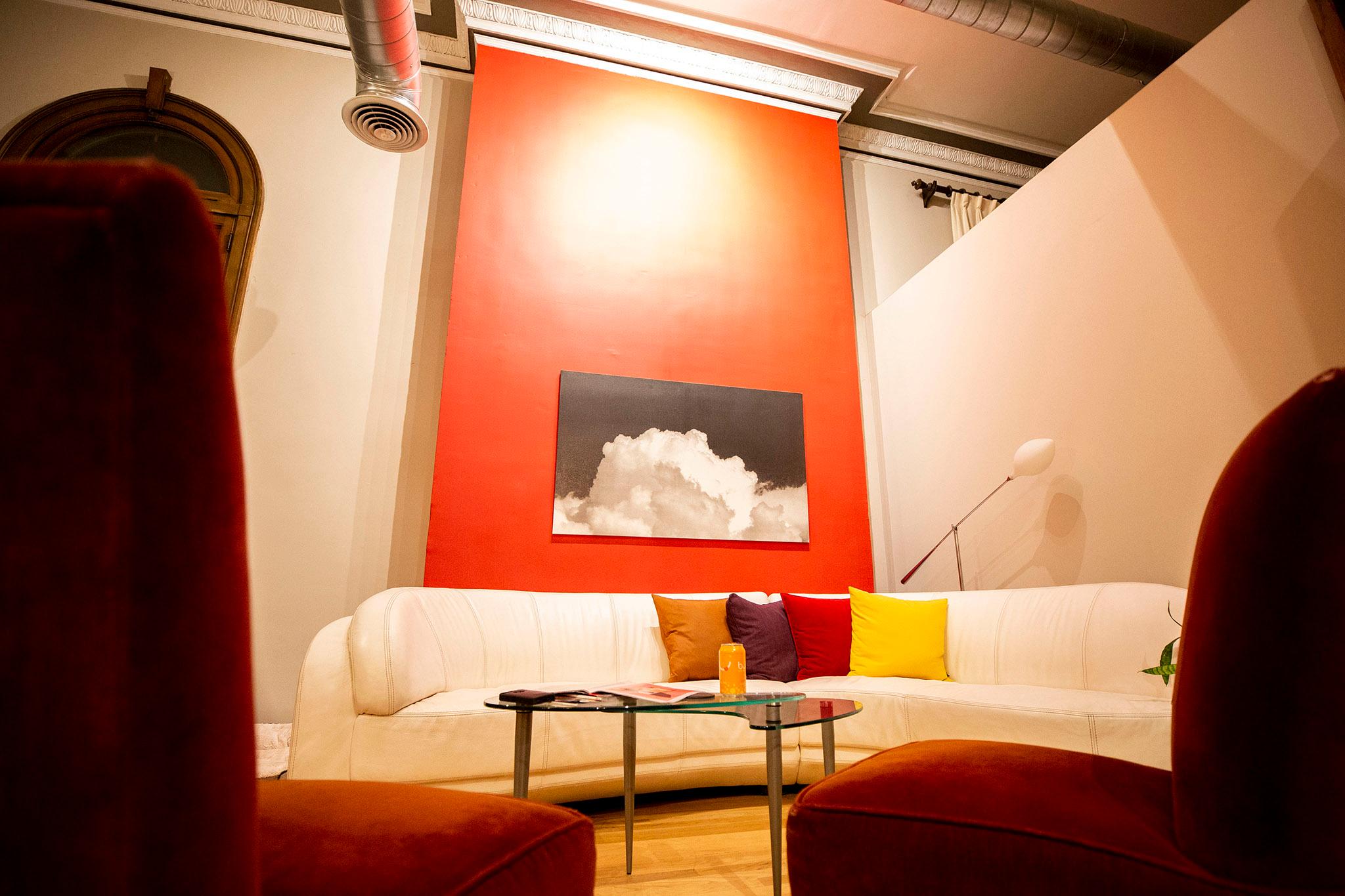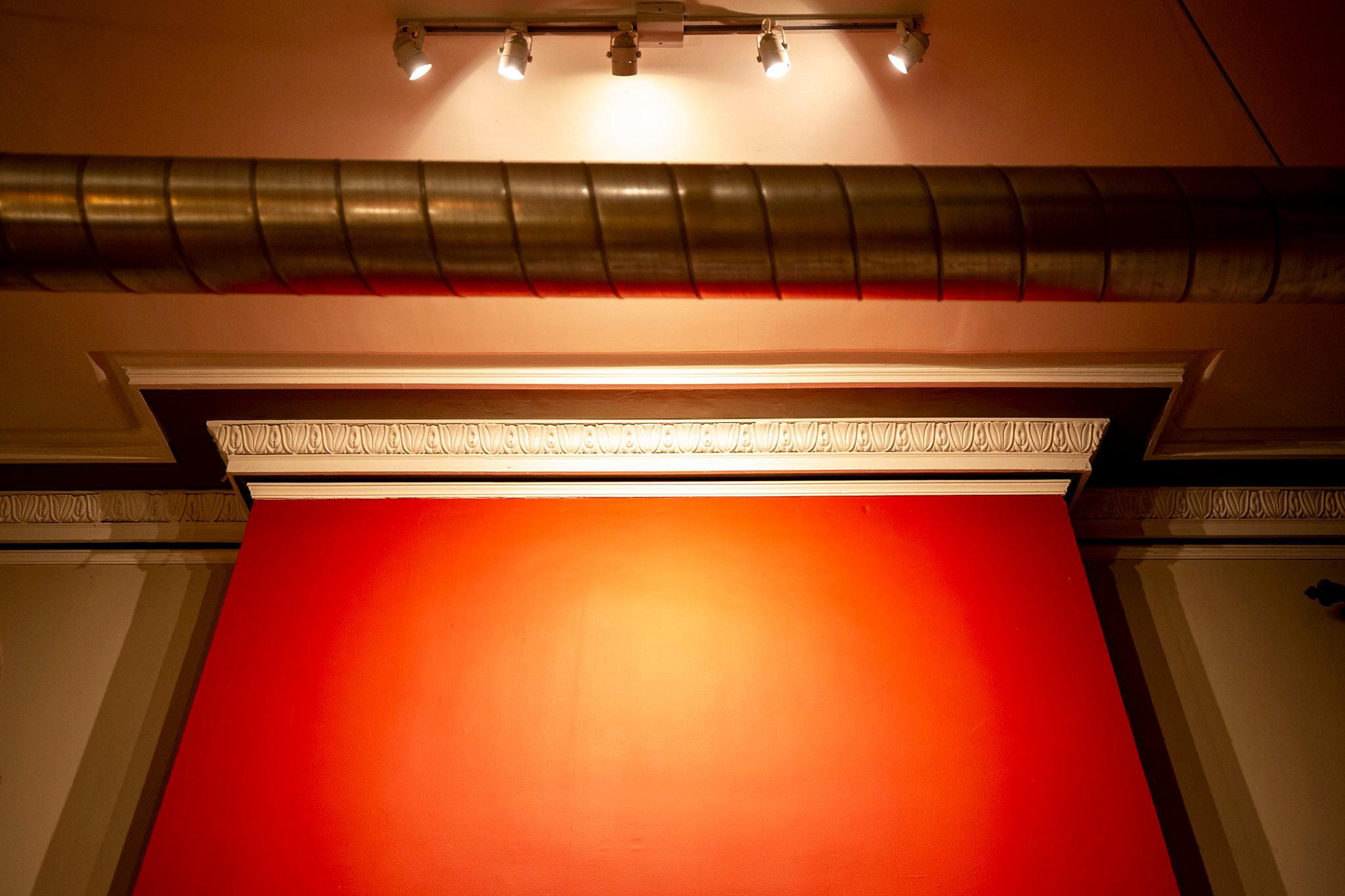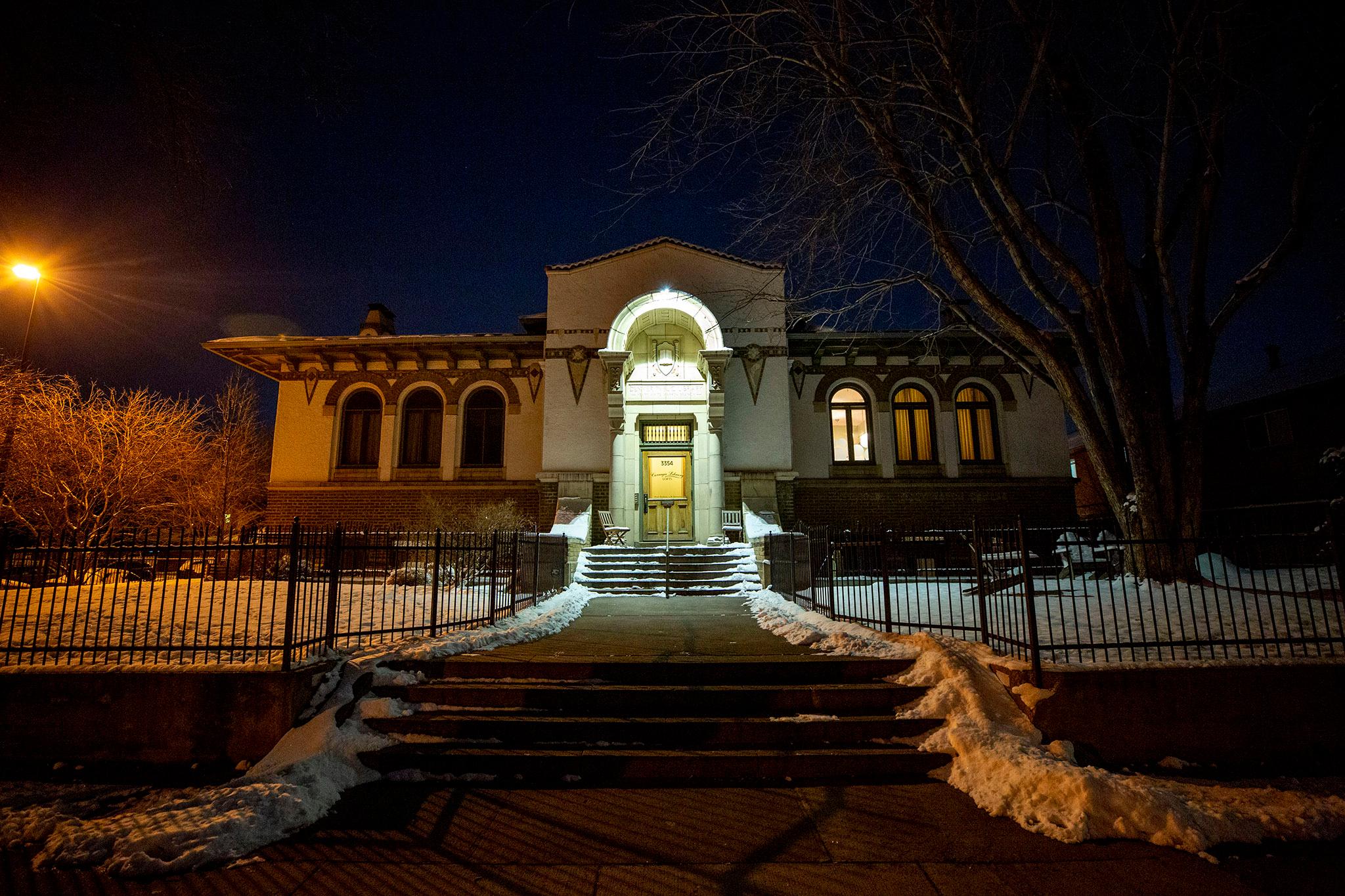Since moving in 2010 to one of the four condominium units at Cole's Carnegie Lofts, Keith Parks occasionally meets neighbors who tell him that as children they visited his home when it was a library.
"I get that less and less, just because people are aging out," said Parks, an Xcel Energy analyst focused on future energy issues including renewables.
At work, he looks ahead. But living in what was once a Carnegie library at 3354 High St. means history is often on Keith Parks's mind at home.

His Italianate, tile-roofed, buff brick and Indiana limestone home was completed in 1913 as one of Denver's first branch libraries. The branch was funded by an $80,000 grant from philanthropist Andrew Carnegie and named for Henry White Warren, a Methodist Episcopal Church leader who along with his wife Elizabeth Iliff Warren helped establish Denver's Iliff School of Theology.
Its architects, brothers Arthur Addison Fisher and William Fisher, were well-known in Denver. Their other work includes downtown's very bank-like Colorado National Bank, now a hotel, at 918 17th Street.
Carnegie cited having access to a small private library when he was a boy in Pittsburgh as his inspiration for, once he grew up to be a wealthy industrialist, helping found more than 2,500 libraries in the late 19th and early 20th centuries in the United States and around the world. In addition to eight branch buildings in Denver, Carnegie also provided $200,000 for a Central Library completed in 1910 that is now the McNichols Civic Center Building, home to Denver Arts & Venues.
The Central Library moved to new quarters in 1956. The Warren branch remained a library longer, until 1975.
Documents from the 1970s in the Denver Public's Library's Western History Collection chronicle community discussions about the need for a larger, more modern library for east Denver. When the new branch opened nearby at 2825 High St., it had a new name: Ford-Warren. It was named in part for Justina Ford, Denver's first black woman doctor, who overcame racism to practice in nearby Five Points for half a century until her death in 1952.
For a time after the library left, the old Warren building was a church. Parks says he sometimes runs into former members of the congregation. It was converted into a four-unit condominium building around 2001 and 2002. Parks is the second owner of the unit he shares with his dogs Petra and Sadie.
He and the other three owners "all feel it's a unique building, a distinct building for Denver," said Parks, who heads the Carnegie Lofts Homeowners Association.


He keeps historic photos of the building on his laptop and has researched its past.
"I moved into this," he said. "I wanted to find out a little bit of history."
He can point to saplings in a black-and-white photo and compare them to the trees that now tower over the front yard. Inside, he gestures at a corner of his main room.
"Now, it's just my couch," he said. "Before that it was a pulpit. And before that ... there was a giant mural that sat right here."
The main reading room, now divided into Parks's apartment and that of a neighbor, was dominated by a granite fireplace at the north end and at the south the six-by-eight foot mural by famed Denver artist Allen True. True's campfire scene now is at the Central Library, Parks said.
The floors are original, as are the crown moldings and the wooden pole topped by a hook that Parks uses to reach toward his 14-foot ceilings to open and close half-moon windows.





Parks has draped some of his windows with linen that his grandfather brought back from Europe after World War II. Local craftsmen from Merrick Woodworking created his kitchen counters out of slats from an old bowling alley's lanes.
Parks also has modern touches, including kitchen light fixtures by Denver artist Mathias Leppitsch, who has work in the Denver Art Museum's collection.
His walls are not lined with books. He said he does most of his reading online these days.













